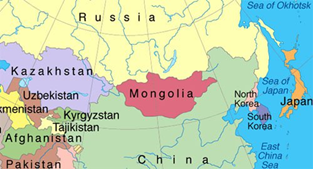
General information
Mongolia is a country located in north-central Asia. It is roughly oval in shape, measuring 2,392 km from west to east and, at its maximum, 1,259 km from north to south. Mongolia’s land area is roughly equivalent to that of the countries of western and central Europe, and it lies in a similar latitude range. The national capital, Ulaanbaatar is in the north-central part of the country. Landlocked Mongolia is located between Russia to the north and China to the south, deep within the interior of eastern Asia far from any ocean. The country has a marked continental climate, with long cold winters and short cool-to-hot summers. Its remarkable variety of scenery consists largely of upland steppes, semideserts, and deserts, although in the west and north forested high mountain ranges alternate with lake-dotted basins. Mongolia is largely a plateau, with an average elevation of about 1,580 metres above sea level. The highest peaks are in the Mongolian Altai Mountains in the southwest, a branch of the Altai Mountains system.
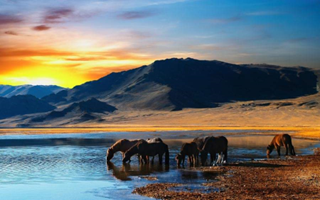
Nomadic culture
Mongolia is known as a country of last true nomad’s country. Mongolian nomads make a living by herding their five kinds of animals and moving their portable dwelling or "ger" from a place to a place in search of water and pasture for their animals. The five animals are horses, cattle (including yaks), camels, sheep, and goats. The nomads are friendly, open-hearted, generous and welcoming people. Their distinctive way of life living communally in a ger and the demands of herding so many animals in such a vast area during the four distinct seasons lead them to be hospitable as they can.
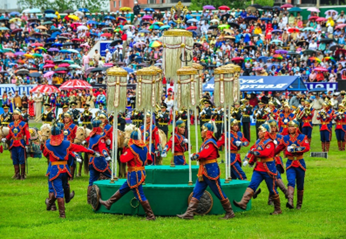
History
The traces of the first human settlements dating back to 800 000 years ago, were found in the Mongolian territory. Some historians even say that the land was inhabited by humans as early as 2 million years ago. The best-known period of Mongolian history is related to Chinggis Khaan and his descendants who conquered half of the world in the 13th century. As the country is home to nomadic civilizations and because there was a highly competitive race to conquer its territories, almost no constructed evidence remains. However, some charming monasteries and ruins of ancient cities are still visible today. Travelers more interested in ancient history can visit deer stones, balbal stones, rock drawings, burial mounds and noblemen-related monuments that are spread throughout Mongolia.
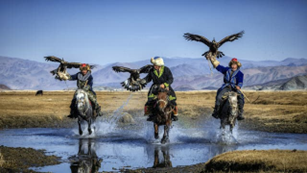
Ethnicity
There are 24 different ethnic groups in Mongolia. When you visit nomad families in the different parts of Mongolia, you will find that they have different customs and traditions - even the shape of the ger, how the ger is decorated, etc. varies. The most interesting ethnics among them are the Kazakh people who live in Western snow-capped Altai Mountains. They are known as the "Eagle Hunting People". Next, are the Reindeer people who live up in the North in the forested mountains. They live in the "tepee" and their livelihood is completely dependent on nature and their few reindeer.
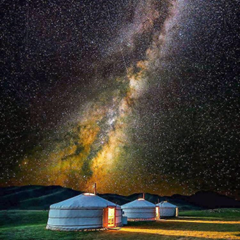
Only in Mongolia
There are many endemic wild species in Mongolia such as the Gobi/Semi desert bear and the two-humped wild camel. Besides animals, there are also rare plants. The Gobi, which is classified as a semi-desert is only in Mongolia. It is a spacious, empty, life-supporting, but surprisingly beautiful area. In reality, it's impossible to compare the Gobi with the semi-desert.

National holidays
One of the easiest opportunities to discover traditional aspects of Mongolian culture in one setting is to visit during the national holidays. There are two important national holidays: the Naadam Festival held in July and the Tsagaan Sar/Lunar New Year festival held in winter depending on the lunar calendar. The events and celebrations are not limited to these two holidays. You can find more about the events.



